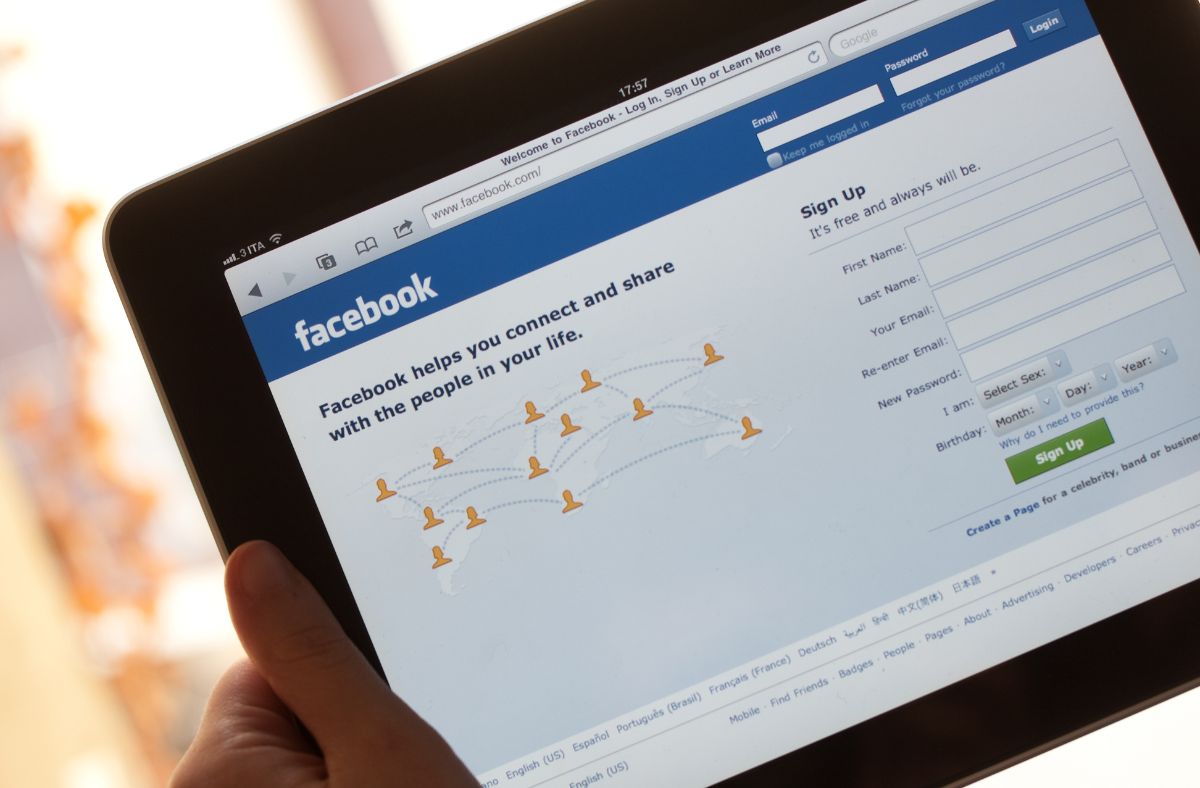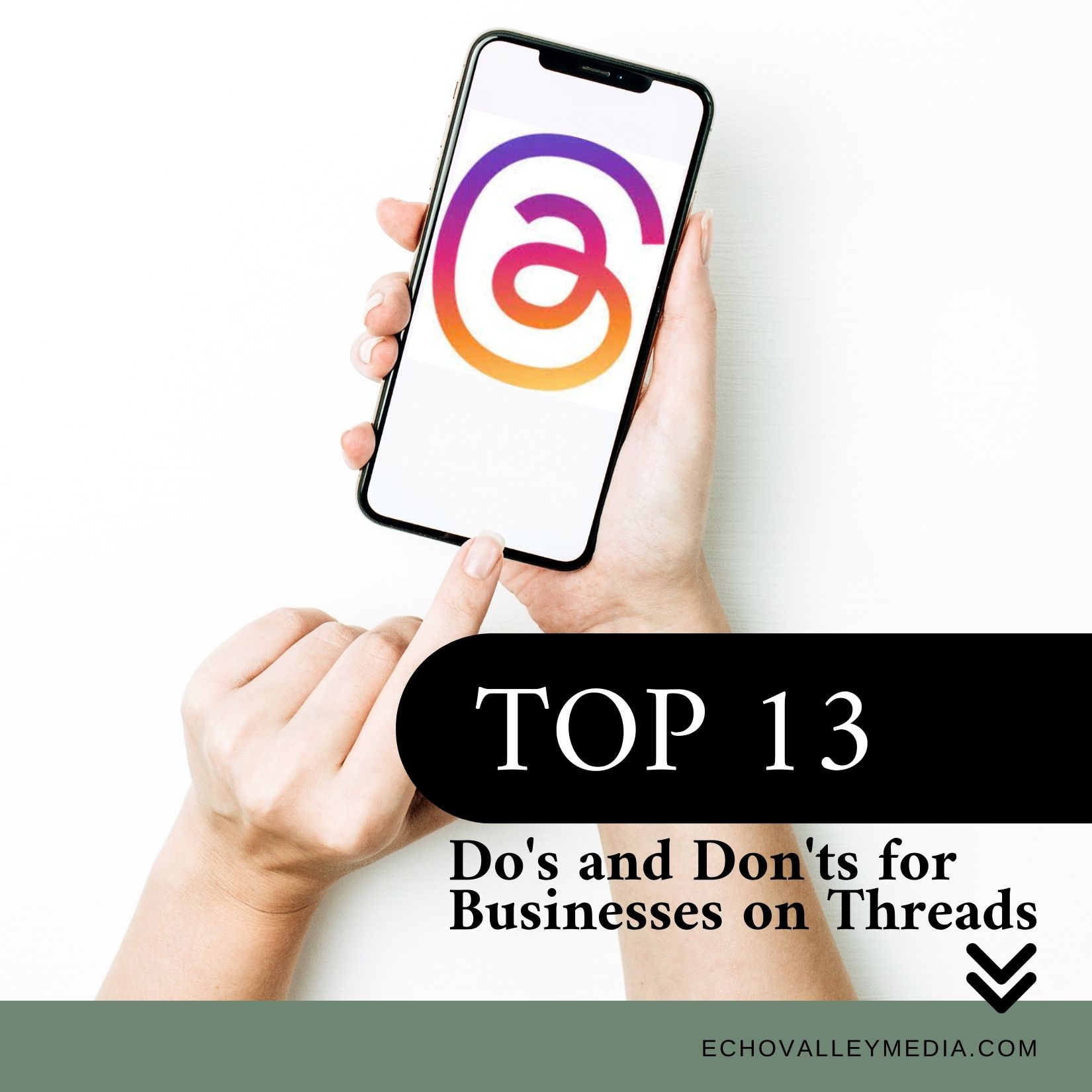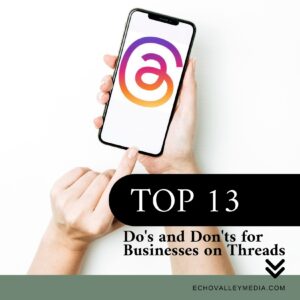Beyond the Logo: How to Avoid Being a Forgettable Brand
Beyond the Logo: How to Avoid Being a Forgettable Brand
When you think of your favorite brand, what comes to mind? More often than not, it’s not just the logo, is it? It’s the voice they use when they communicate, the values they uphold, the unique experience they provide, and the way they make you feel. This is because effective branding is about much more than just a logo. Here’s why and how to ensure your brand is anything but forgettable.
A Logo is Just the Beginning
There’s no denying that a logo is a critical component of a brand. It’s the emblem people identify with your brand, like the golden arches of McDonald’s, or Apple’s iconic apple. However, a logo is like a handshake – it’s an introduction, not the conversation that follows. The strength of your brand lies in what follows the introduction, in the details that turn a brand from being just memorable to being impactful and engaging.
The Language of Your Brand: Fonts and Stylistic Guides
Think of fonts and stylistic guides as the dialect your brand speaks. They offer a visual consistency that communicates even before a word is read. Coca-Cola, with its distinctive Spencerian script font, offers an excellent example. Its consistent use of the font and its iconic red and white color scheme has helped it maintain a familiar and appealing brand identity. Ignoring this element can make your brand appear inconsistent, reducing its ability to forge a lasting connection with the audience.
The Persona Behind Your Brand: Voice and Image
Your brand voice is the persona behind your brand. It gives your brand character, makes it relatable, and enhances its appeal. The brand voice of Innocent Drinks, with its friendly and informal tone, instantly strikes a chord with its audience, making the brand feel more like a friend than a corporate entity. Alongside voice, your image style guide forms your brand’s visual persona. Apple’s consistent use of clean, minimalist images, for example, amplifies their brand’s core values of simplicity and elegance. Neglecting these elements can make your brand appear faceless, reducing its ability to connect with the audience emotionally.
The Heart and Soul of Your Brand: Values, Personality, and Story
Your brand values, personality, and story are the heart and soul of your brand. They are what you stand for and why you exist. TOMS Shoes, with its “One for One” promise and mission to improve lives, has successfully communicated a compelling brand story that resonates deeply with its audience. Ignoring these elements can make your brand appear shallow, reducing its ability to engage its audience on a meaningful level.
Knowing Your Audience
Understanding your target audience is critical to building an unforgettable brand. The more you understand about the people you are trying to reach, the better you can tailor every aspect of your brand to engage, resonate and convert them. Neglecting to understand your target audience can lead to a brand that is out of touch with its intended consumers, reducing its appeal and relevance.
Carving Your Niche: Brand Positioning
Where does your brand stand in the crowded marketplace? Your brand positioning should highlight why your brand is unique and why it’s the best choice. Dove’s positioning as a brand that celebrates real beauty sets it apart in the beauty industry, making it distinctive and memorable. Failing to position your brand uniquely can make it blend into the crowd, reducing its memorability.
A Consistent Journey: Brand Experience
The brand experience is about every interaction a customer has with your brand. Amazon, known for its unparalleled focus on customer convenience, shows how a positive brand experience can lead to loyalty and advocacy. Overlooking brand experience can lead to lost opportunities for building long-term relationships and loyalty with customers.
A truly unforgettable brand goes beyond the logo. It extends to the voice, the image, the values, the experience – every aspect that connects and resonates with the audience. A logo might make your brand recognizable, but it’s the details that follow the logo that makes your brand unforgettable.



 The Do’s and Don’ts of Threads for Businesses
The Do’s and Don’ts of Threads for Businesses